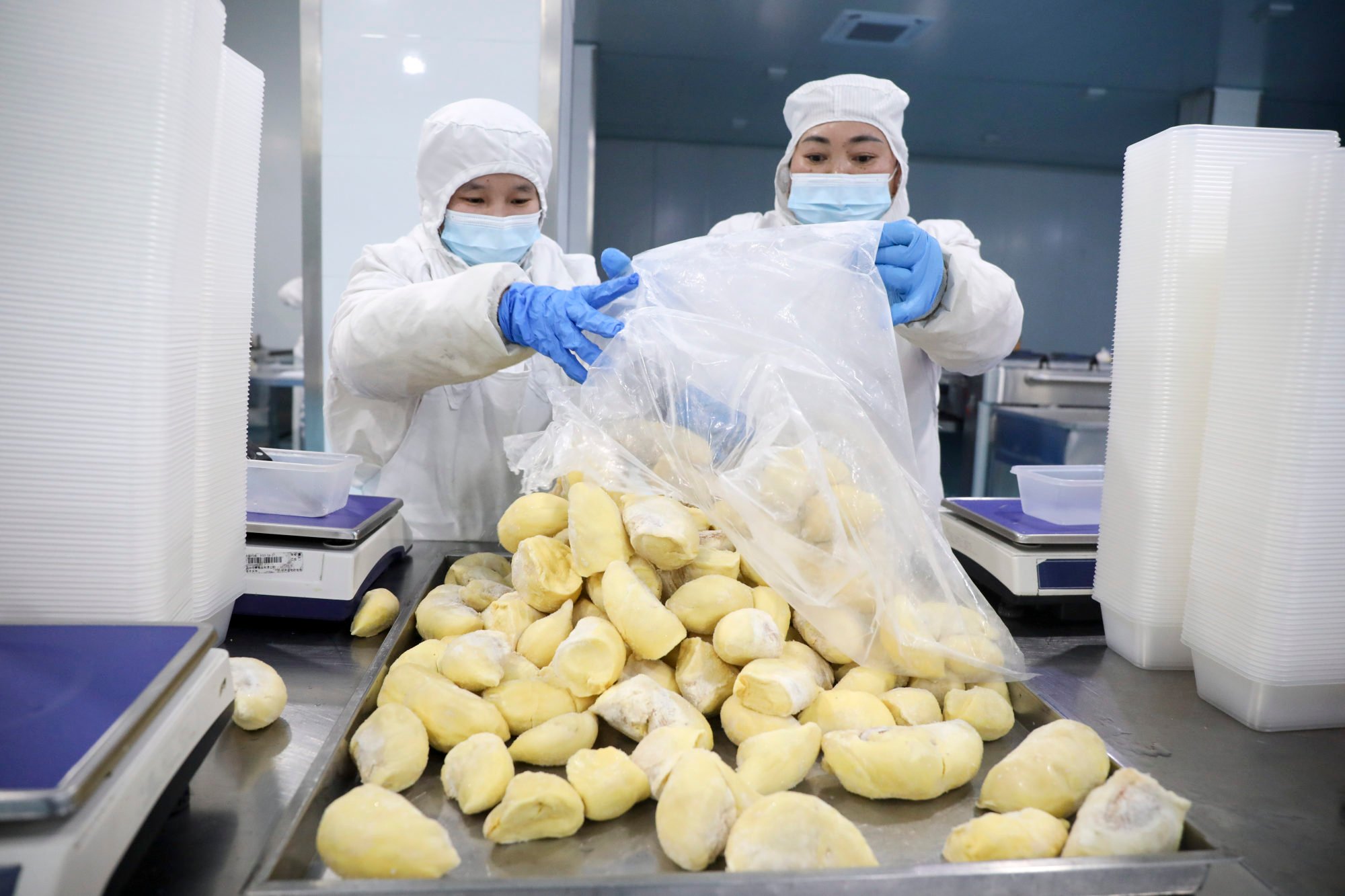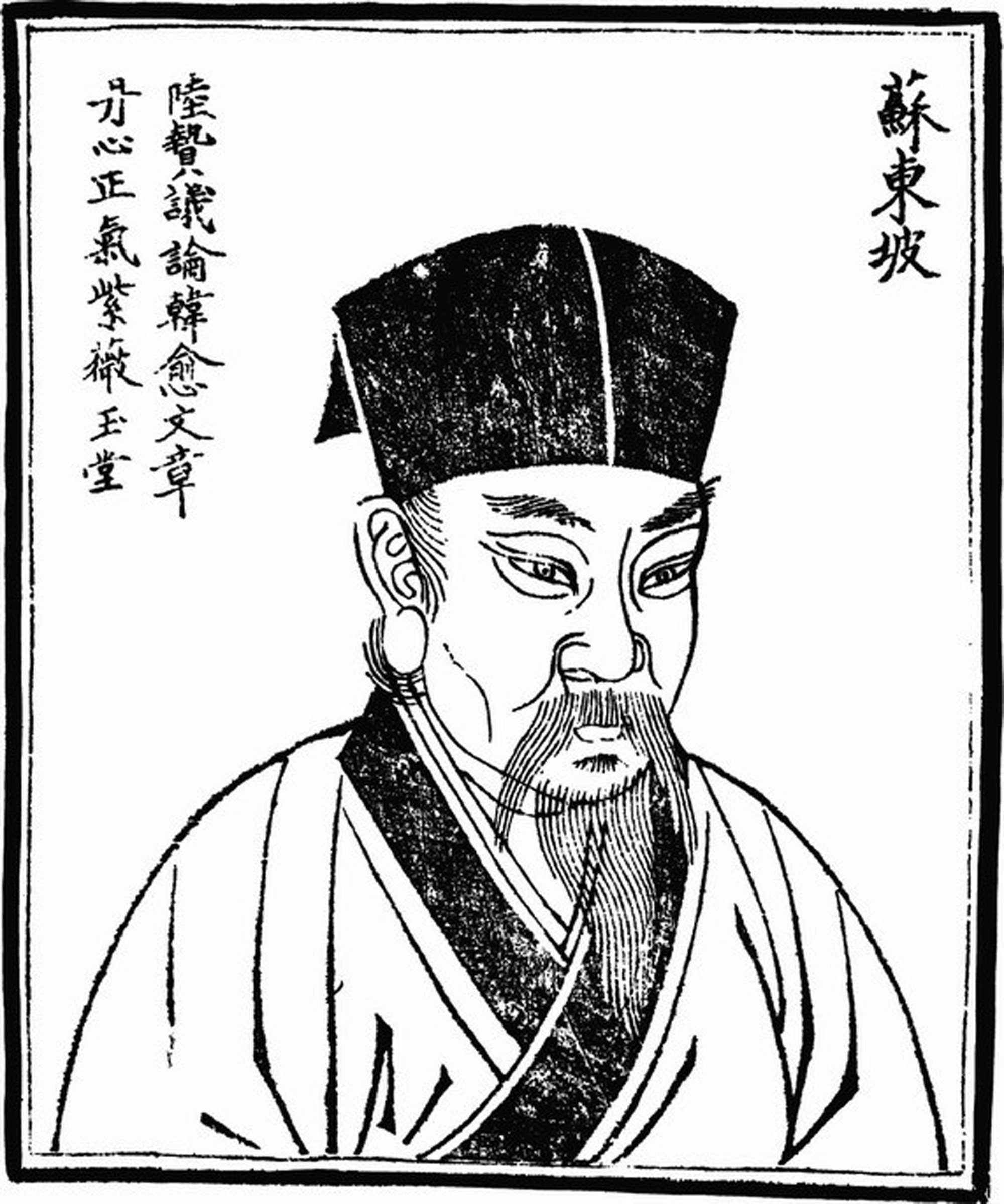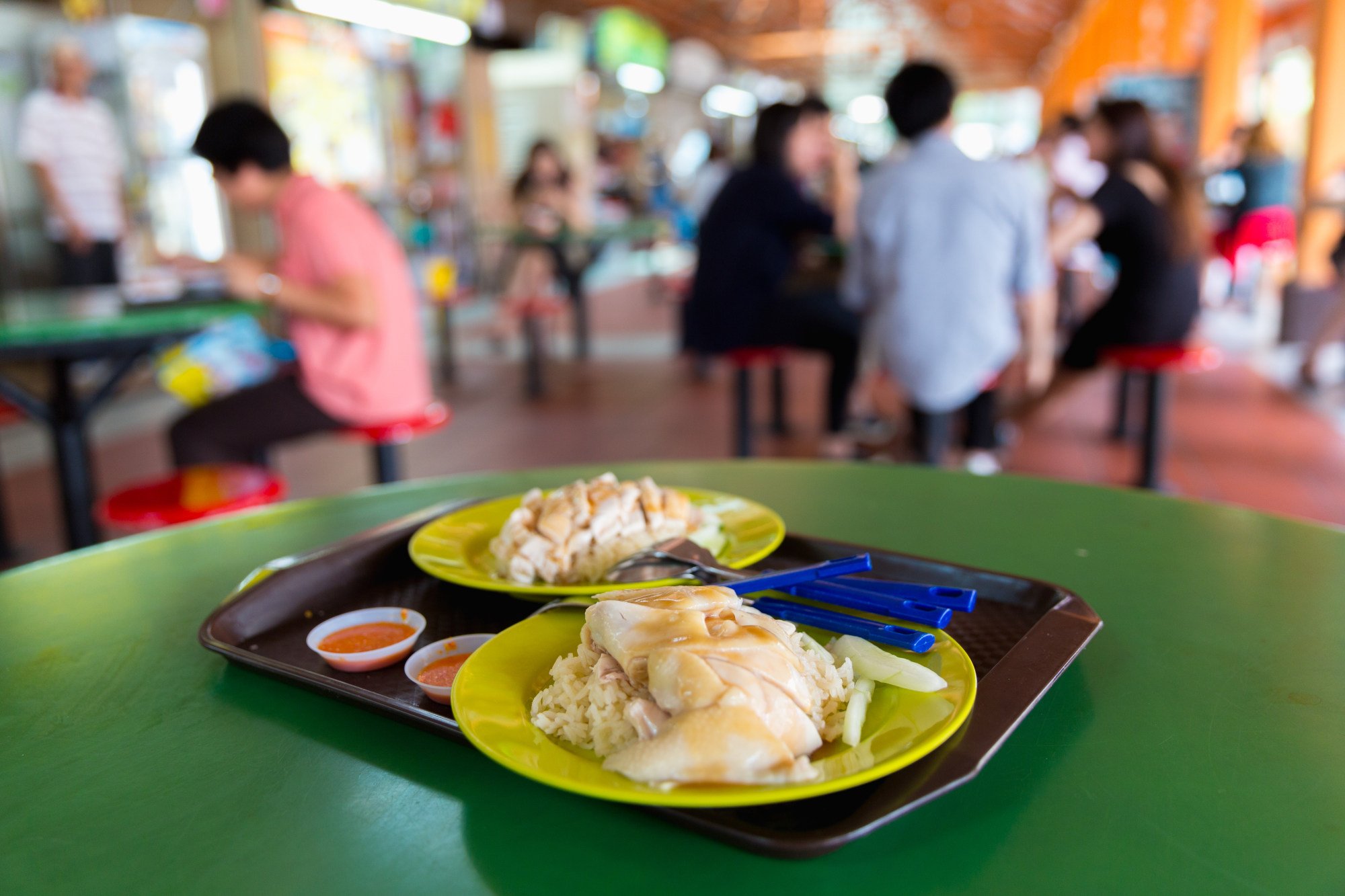
China’s love of durian brought the Southeast Asian fruit to Hainan, but food flowed the other way in the past – take Hainanese chicken rice
- China’s huge demand for durian has led it to supplement Thai and Malaysian imports with cultivation on Hainan Island, where political exiles were once sent
- Well-read enemies of the state educated locals, and later, emigration saw foods including the island’s chicken rice reach Southeast Asia, where it took root
The Chinese love affair with durian, the spiky, strong-smelling fruit native to Southeast Asia, is so intense that China has started its own durian plantations to meet the country’s insatiable demand.
Major Southeast Asian exporters like Malaysia and Thailand are simply not growing enough durians for the huge Chinese market.
Chinese durian farmers are planting their orchards on the island of Hainan, 500 kilometres southwest of Hong Kong, because its tropical climate is suitable for growing durians.
The large island, around 30 times bigger than Hong Kong, has long cultivated other tropical produce, such as coconuts and pineapples, with some success.

The island was formally incorporated into the Chinese empire as early as the Qin dynasty (221–206 BC), when the government of the First Emperor of the Qin placed it under the jurisdiction of one of the southernmost commanderies, a commandery being the first-tier administrative division during the reign of the Qin – similar to a province in the present day.
Because of its physical and psychological distance from the cultural heartland of the nation, along with its tropical climate and sizeable non-Han-Chinese indigenous population, Hainan has always been somewhat exotic to the Chinese imagination.
Its remoteness also meant that it was an excellent place to send political exiles. In the past, exile was one of the more merciful punishments meted out to those who incurred the ruler’s wrath or displeasure.
In a culturally and economically backward island far away from the imperial capital or any centres of power, the exiled noble or official ceased to be a threat to the regime. He and his family could spend their days in idyllic leisure, albeit in reduced circumstances.
There was an unintended, but benevolent, outcome of the presence of political exiles in Hainan.
Most of these exiles were erudite men of letters, and some of them felt it was their duty to raise the level of literacy and education among the local population by establishing schools or teaching.
The most famous among the exiles was calligrapher, essayist, poet, gourmand, pharmacologist and politician Su Shi (1037–1101), better known as Su Dongpo, who was in Hainan from 1097 to 1100.

One of his students he taught in Hainan became the island’s first prefectural graduate, a status that made him eligible for participation in civil service recruitment examinations in the capital.
In the early 20th century, a large number of islanders left Hainan in search of a better life, and most went to Southeast Asia, especially the Malay Peninsula and Singapore.
Many found employment in the kitchens of British military facilities and European homes, where they picked up the basics of European cooking.


